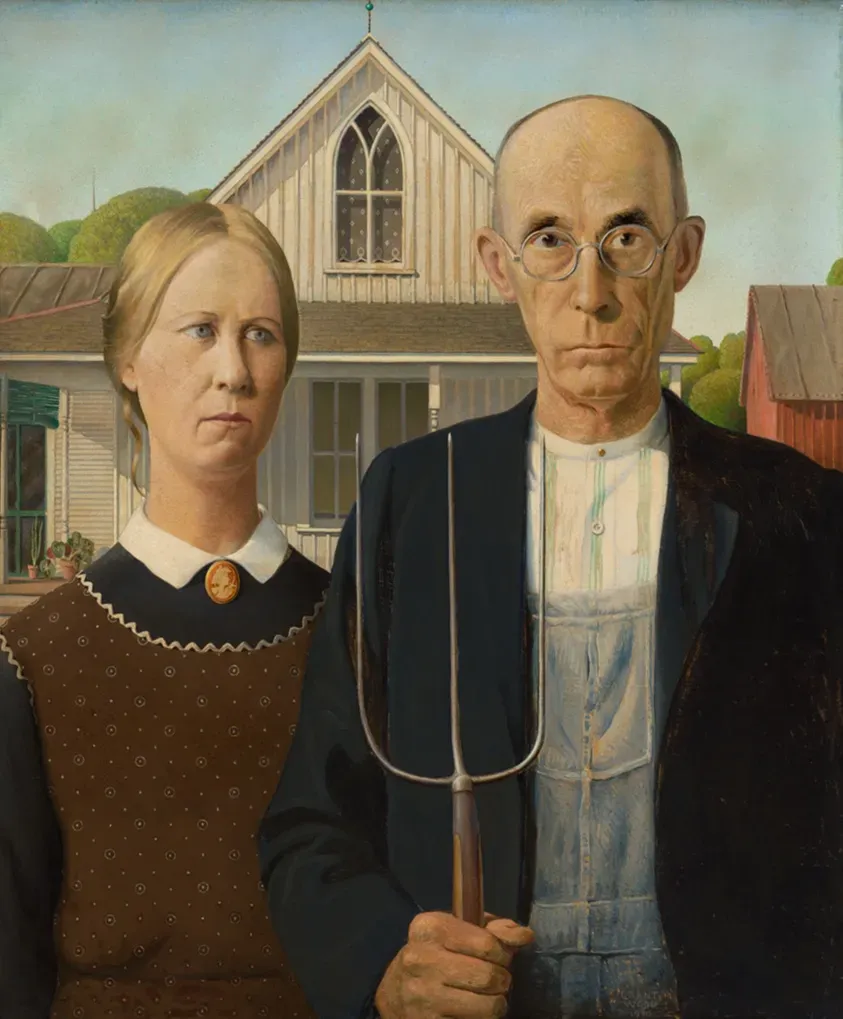Table of Contents
Let's be honest, sometimes your living room just feels... flat. You've got the sofa, the TV, maybe a rug that ties the room together (or maybe it just exists). But there's no *pop*. No real conversation starter beyond the weather. If you're staring at a blank wall and thinking, "This needs something," you're probably right. And if you're tired of the same old paint colors or predictable gallery walls, maybe it's time to think about texture, warmth, and a bit of drama. That's where living room wood accent wall ideas come into play. Forget the flimsy peel-and-stick stuff or the shiplap craze that peaked five years ago. We're talking real wood, real impact. This isn't just about slapping some boards up; it's about making a statement, adding depth, and transforming a forgettable space into the heart of your home. We’ll dig into why wood works, what kind of wood makes sense for your style (and wallet), and how to actually get this done without turning your living room into a lumberyard disaster zone. Stick around if you're ready to ditch the boring and embrace the bold.
Why a Living Room Wood Accent Wall? More Than Just Pretty
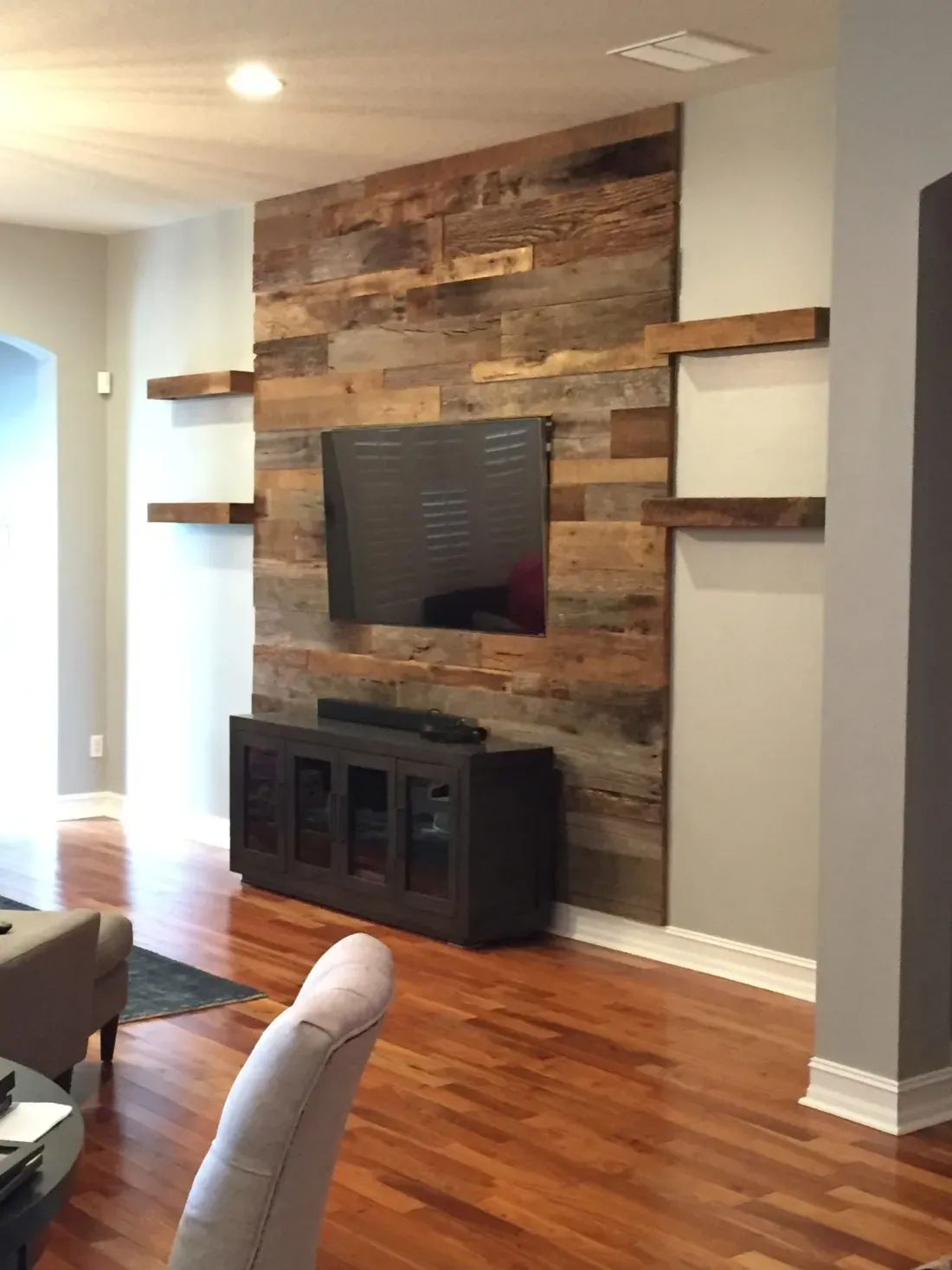
Why a Living Room Wood Accent Wall? More Than Just Pretty
Beyond the Bland: Texture and Depth
Alright, let's talk about why slapping some wood on a wall isn't just a fleeting trend; it actually *does* something. Sure, it looks good, butWhy a Living Room Wood Accent Wall? More Than Just Prettyis a question with real answers. Think about it. Most walls are just flat, painted drywall. Zzzzz. A wood accent wall immediately introduces texture. It catches the light differently throughout the day, creating shadows and highlights that a smooth surface just can't. This texture adds a literal layer of depth to the room, making the space feel more complex and interesting. It can also be a godsend for covering up less-than-perfect walls without a full re-drywalling job. Got a weird bump? A perpetual crack? Wood panels can hide a multitude of sins while looking entirely intentional.
Making a Statement: Warmth and Focus
Beyond hiding flaws, a wood accent wall brings undeniable warmth. Paint, no matter how cozy the color, feels different than natural material. Wood has an inherent organic quality that just feels welcoming. It can ground a room, especially large or open-concept spaces, giving the eye a place to land and feel settled. It acts as a focal point, drawing attention and giving your living room a clear identity. Instead of just being a box with furniture, it becomes *that* room, the one with the cool wood wall. It sets a tone, whether you're going for rustic charm, modern minimalist, or something in between. It’s less about decoration and more about architectural interest, even if you're adding it after the fact.
Key Benefits of a Wood Accent Wall:
- Adds significant texture and visual interest.
- Increases perceived depth in a room.
- Can conceal wall imperfections easily.
- Introduces natural warmth and comfort.
- Creates a strong focal point for the space.
- Defines areas in open-concept layouts.
Picking Your Wood: Species and Finishes for Living Room Wood Accent Wall Ideas
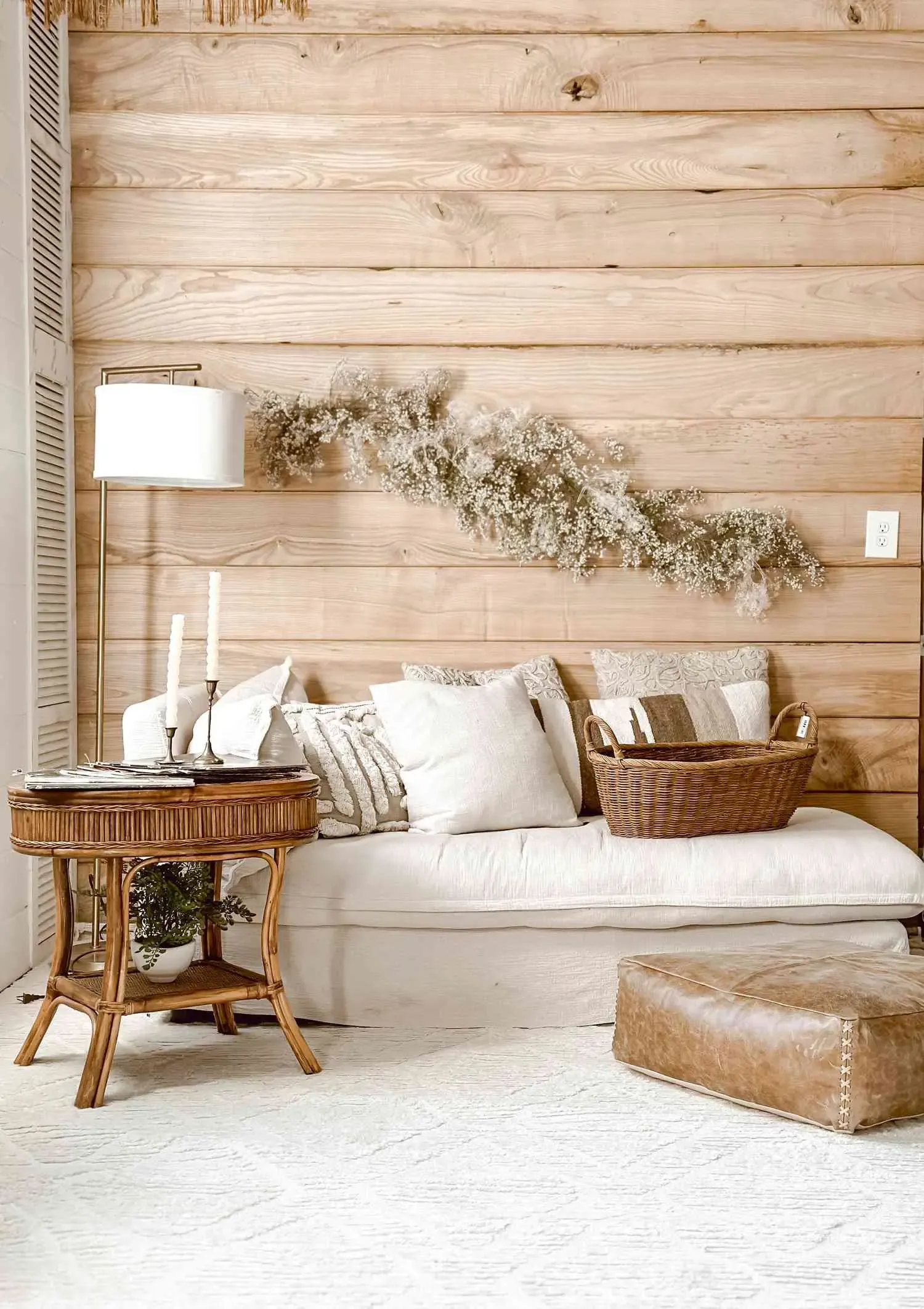
Picking Your Wood: Species and Finishes for Living Room Wood Accent Wall Ideas
Understanding Your Lumber Options
so you're sold on the idea of a wood wall. Great. Now comes the fun part, and also where people can get overwhelmed: what *kind* of wood? This isn't a one-size-fits-all deal. The type of wood you pick drastically changes the final look and the price tag. Pine is cheap, readily available, and takes stain well, but it's soft and can dent easily – maybe not a big deal on a wall, but worth knowing. Oak is classic, durable, and has that pronounced grain pattern people often associate with traditional wood paneling. Maple is harder and has a finer, less visible grain, making it look smoother and more modern, especially with a clear finish. Reclaimed wood, like barnwood or old fence planks, offers incredible character and a built-in story, but you need to deal with potential pests, old nails, and inconsistent sizes. Plywood or MDF with a wood veneer are also options; they're more stable and cheaper than solid wood but lack the depth and authenticity of the real thing. Think about the vibe you're going for before you commit. A rustic cabin feel demands different wood than a sleek, contemporary space.
Finishes Matter: From Raw to Glossy
Picking the wood species is only half the battle when planning yourPicking Your Wood: Species and Finishes for Living Room Wood Accent Wall Ideas. The finish you apply is just as crucial, if not more so, in defining the wall's appearance. A clear sealant or a light stain lets the natural beauty and grain of the wood show through, perfect for showcasing quality lumber or achieving a natural, organic look. Darker stains can give cheaper woods a richer appearance or add a sense of drama and formality. Whitewashing or pickling softens the grain and gives a light, airy, often coastal or farmhouse feel. Paint, especially a flat or matte finish, hides the grain but keeps the texture, allowing you to match the wall color to your existing palette while still benefiting from the dimensionality of the wood. Then there's the sheen – matte finishes absorb light and look more rustic or subtle, while satin or semi-gloss reflect more light and appear more polished or modern. Don't forget the prep work; proper sanding is key for any finish to look good.
Common Wood Types for Accent Walls:
- Pine: Affordable, takes stain well, soft.
- Oak: Durable, strong grain, traditional feel.
- Maple: Hard, fine grain, modern look.
- Walnut: Rich color, beautiful grain, expensive, luxurious.
- Reclaimed Wood: Unique character, rustic, requires prep.
- Plywood/Veneer: Stable, cheaper, less authentic texture.
Design Styles for Your Living Room Wood Accent Wall Ideas
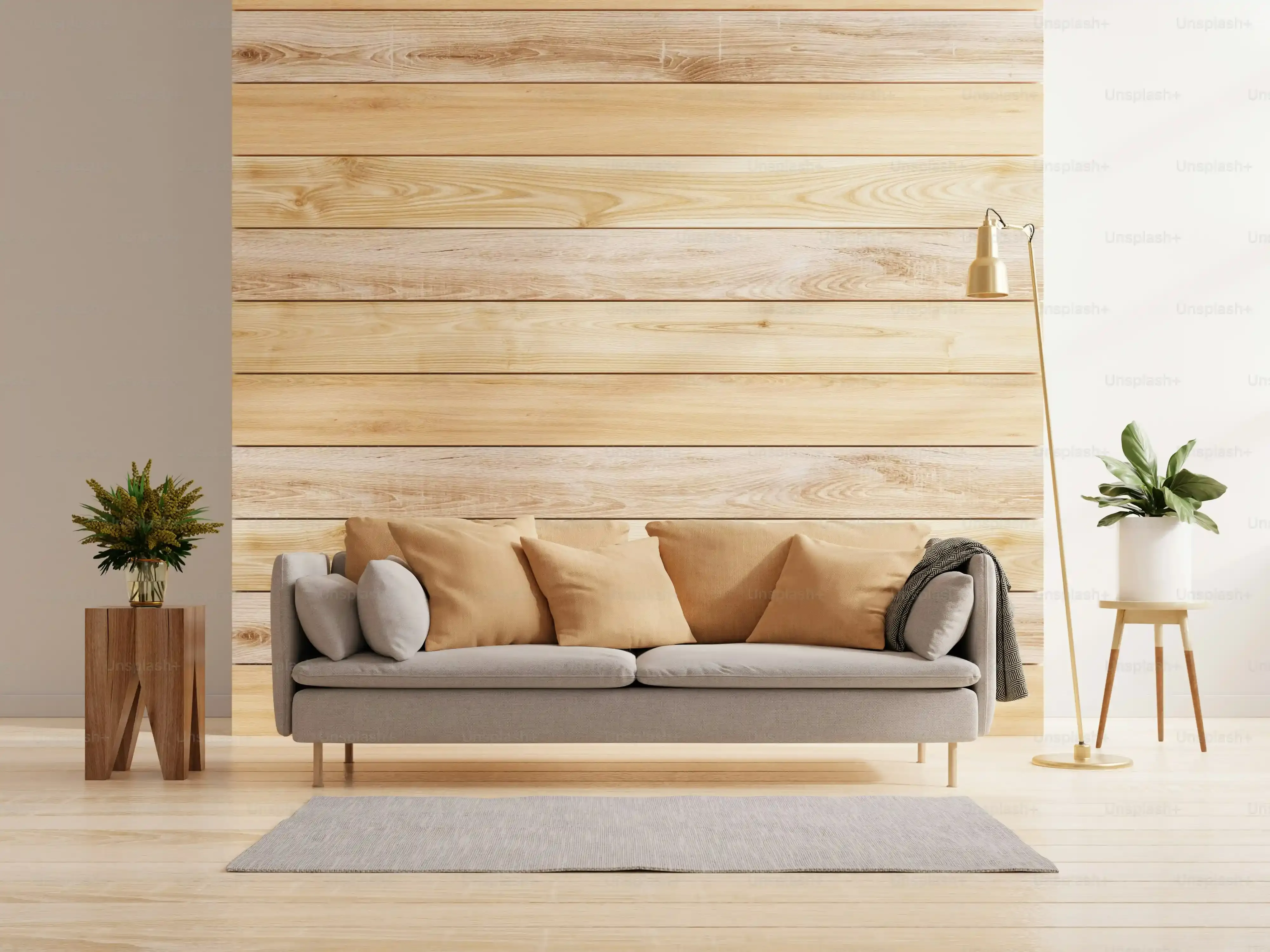
Design Styles for Your Living Room Wood Accent Wall Ideas
Finding Your Style: More Than Just Boards
so you've got the idea, you've thought about the wood, but how does it actually *look* on the wall? This is whereDesign Styles for Your Living Room Wood Accent Wall Ideasreally comes into play. It’s not just stacking planks. Are you going for a rustic cabin vibe? Then reclaimed barn wood installed horizontally, maybe with some gaps, nails showing, that's your jam. Want something sleek and modern? Think smooth, precisely cut panels, maybe installed vertically or even on a diagonal, with a clean finish. Geometric patterns are huge right now – creating shapes with wood strips adds a contemporary edge that’s anything but traditional. Picture a herringbone pattern, or maybe abstract angles. You can even use thin wood strips to create a slatted look, adding texture without overwhelming the space. Each style tells a different story and completely changes the feel of the room. It forces you to consider the overall aesthetic you're aiming for, not just adding a feature wall for the sake of it.
Popular Wood Accent Wall Styles:
- Horizontal Planks (Classic, can lean rustic or modern depending on wood/finish)
- Vertical Planks (Visually elongates the wall, modern feel)
- Shiplap (Still around, but maybe use sparingly unless you live on the coast)
- Geometric Patterns (Modern, bold, requires precise cuts)
- Slatted Walls (Adds texture and depth without solid mass)
- Herringbone or Chevron (Detailed, high-impact, requires more work)
DIY or Hire Help? Building Your Living Room Wood Accent Wall
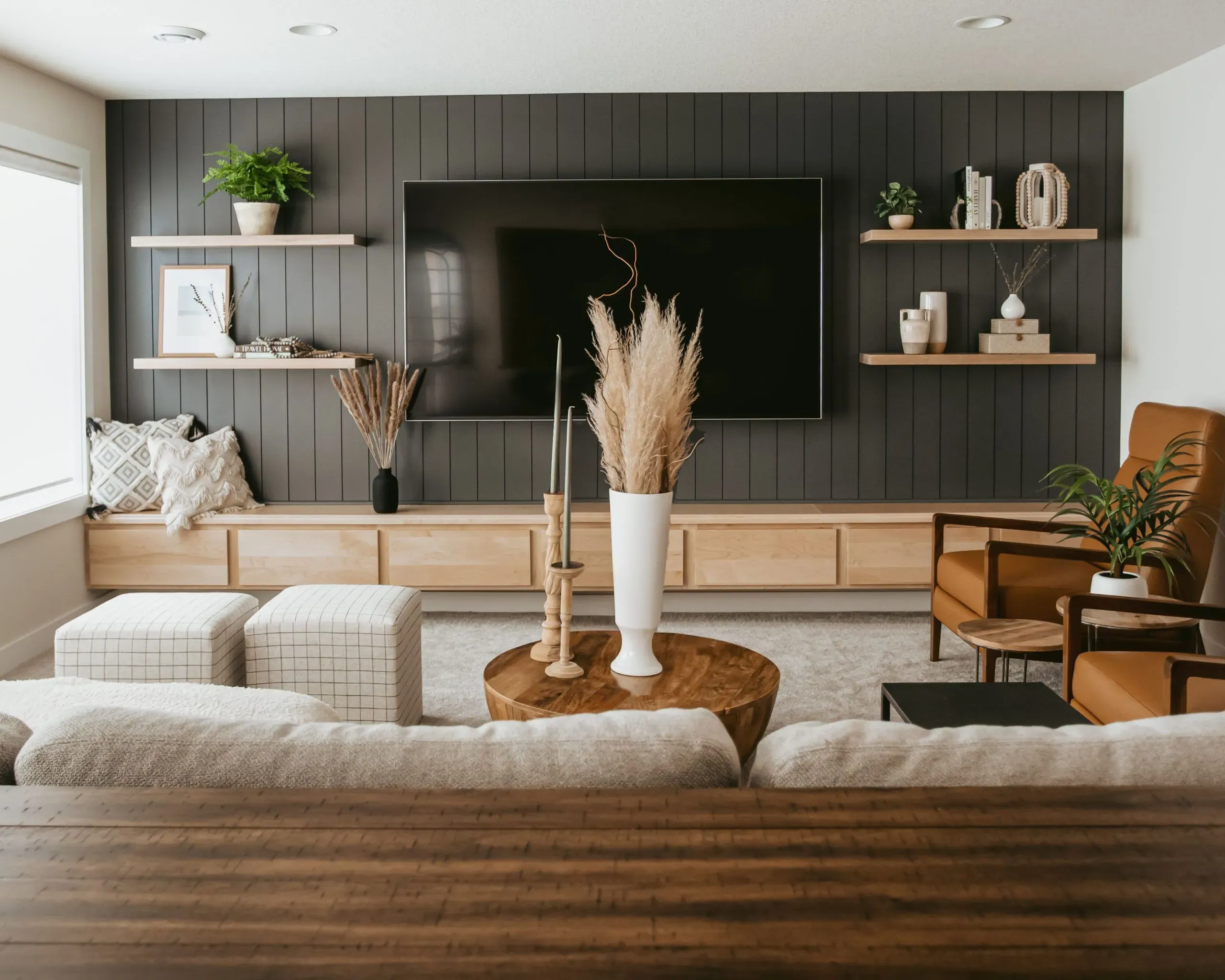
DIY or Hire Help? Building Your Living Room Wood Accent Wall
The Big Question: Hammer or Handyman?
So, you've picked the wood, you've got a style in mind, and now the rubber meets the road: are you actually going to build this thing yourself, or are you calling in a pro? That's the core of theDIY or Hire Help? Building Your Living Room Wood Accent Walldilemma. Doing it yourself can save a significant chunk of cash, and there's a certain satisfaction that comes from standing back and looking at a wall you built with your own two hands. However, it requires tools – a saw, a level, a nail gun (or a hammer and a lot of patience), maybe a stud finder – and a decent amount of confidence in your measuring and cutting skills. If your cuts are crooked, your planks won't line up, and the whole thing will look like a Pinterest fail. Hiring a contractor or a skilled carpenter costs more upfront, but they bring the tools, the expertise, and the speed. They can handle tricky cuts around outlets or windows and ensure the final product is polished and professional. Consider your budget, your available time (these projects always take longer than you think), and honestly, how comfortable you are wielding power tools and potentially making mistakes on a very visible part of your home.
Maintaining Your Living Room Wood Accent Wall: Keep It Looking Sharp

Maintaining Your Living Room Wood Accent Wall: Keep It Looking Sharp
Dusting and Daily Care
so the wall is up, it looks amazing, and now you want to keep it that way. This isn't a "set it and forget it" situation, especially with wood. Dust loves to settle on horizontal surfaces, and texture gives it even more places to hide. Regular dusting is key forMaintaining Your Living Room Wood Accent Wall: Keep It Looking Sharp. Use a soft cloth, a microfiber duster, or even the brush attachment on your vacuum cleaner on a low setting. Go with the grain of the wood, not against it. You're not trying to deep clean every day, just preventing that fuzzy layer from building up and dulling the finish. Think of it like wiping down your coffee table – a quick pass keeps things looking tidy.
Dealing with Spills and Scratches
Accidents happen. Someone bumps the wall, a drink gets a little too close, and suddenly you've got a mark. How you handle it depends on the finish. For most sealed wood, a damp cloth (not soaking wet!) can wipe away spills immediately. Don't let liquids sit. If you get a scratch, it's trickier. Small surface scratches on a finished wall might be minimized with a wood repair marker or a touch-up pen that matches the stain. Deeper gouges might require filling with wood putty and then staining or painting to match, which can be fiddly. Unfinished or lightly sealed wood is more prone to staining, so immediate cleanup is crucial. A gentle wood cleaner specifically designed for finished wood can help with stubborn spots, but always test in an inconspicuous area first.
What's the biggest mistake people make when cleaning wood?
Long-Term Protection and Refinishing
Depending on the type of wood and the finish, your wall might need more than just dusting over the years. If you used a wax finish, it might need reapplication periodically to maintain its luster and protection. Polyurethane or varnish finishes are more durable but can eventually show wear, especially if the wall is in a high-traffic area or gets direct sunlight. If the finish starts looking dull, scratched up, or worn thin in spots, you might need to consider a light sanding and reapplication of the finish. This is definitely a bigger project than dusting, maybe one to tackle on a weekend or even hire out if you're not comfortable. But keeping that protective layer intact is vital for the wood's longevity and appearance.
Wrapping Up Your Wood Wall Project
So, you've considered the grain, pondered the pattern, and maybe even wrestled with a saw (or the decision to pay someone else to). A living room wood accent wall isn't a magic fix for a poorly designed room, but done right, it fundamentally changes the feel of a space. It adds a layer of texture and warmth that paint simply can't replicate. It can anchor a seating area, highlight a fireplace, or just give your eye something interesting to land on besides the glare from the screen. It takes a bit more effort than picking a paint chip, sure, but the result is a living room that actually feels lived in, with character that goes beyond mass-produced decor. It’s a deliberate choice, a commitment to making your space feel more like *yours*. Now go make some sawdust.
